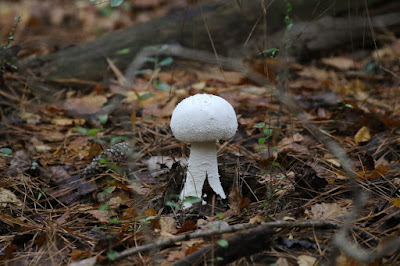This first picture is an accidental "art shot" that was caused by the sun streaming though the trees. Usually the glare of the sun ruins the picture, but this one came out great.
We had another perfect morning, with warm sun and no wind at all. The water looked like glass as we set out through the Bald Cypress trees.
This turned out to be the morning of the turtles. Every exposed log had one or more turtles sunning themselves.
A tiny Damselfly decided to ride along with me for a bit. At this point I am unwilling to take my big camera out on the kayak, so I take an old point-and-shoot camera. It does a pretty good job on close in objects, but leaves much to be desired on birds.
The Great Egrets were out in force once again. This one was hunting among the Water Lily and Lotus pads that cover the shallow areas of the lake.
We don't know how long this amazing November weather will last, but we intend to take advantage of it as long as we can.
Mark































